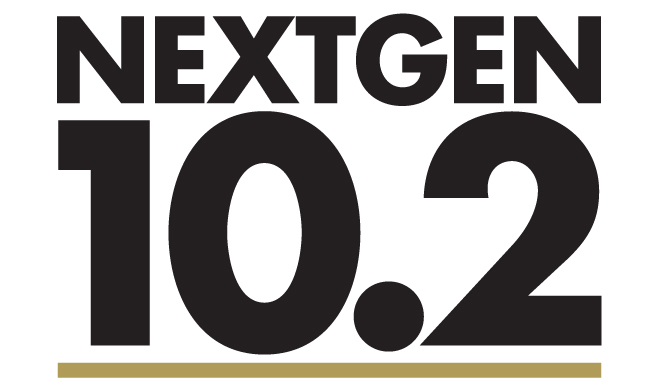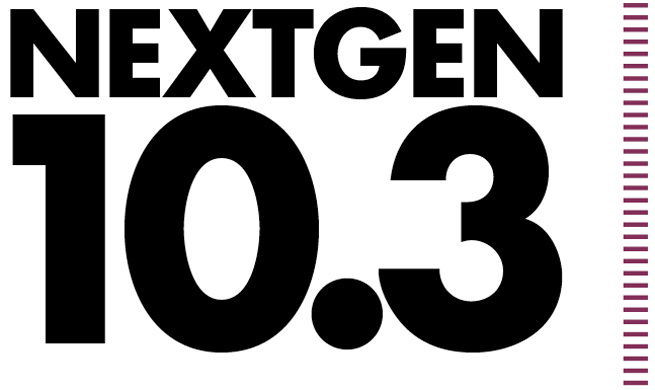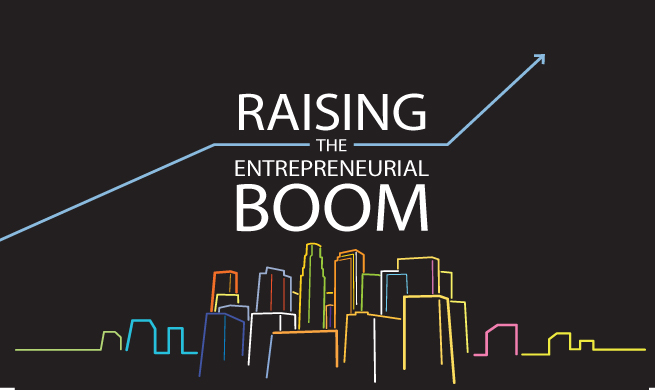Employee engagement in the U.S. has hit its lowest level in a decade, but traditional fixes—like surveys and perks—aren’t solving the real problem. Here’s how I’ve learned to redefine engagement and build real workplace connections.
Employee engagement is sinking—and fast. A recent Gallup report found that engagement levels in the U.S. have dropped to their lowest point in a decade. Only 31% of employees say they feel engaged at work, while 17% are actively disengaged—a number that has been steadily increasing. But this isn’t just a temporary dip, and traditional engagement strategies are failing to address the root causes.
For years, companies have relied on surveys and perks to boost engagement, assuming that tracking satisfaction scores or adding another “fun” initiative will keep employees motivated. But the real problem isn’t a lack of data; it’s a lack of human connection. I’ve seen too many companies treat engagement as a program instead of a mindset, something to be measured rather than something to be lived. That’s why I take a different approach. Here’s what actually works.

STOP RELYING ON SURVEYS AND START HAVING REAL CONVERSATIONS
I’ve lost count of how many companies rely on annual engagement surveys that do little more than frustrate employees. They take time, offer little context, and often lead to no meaningful action. Instead, I focus on real, ongoing conversations.
At HPWP, my team and I use group sensing sessions, gatherings where employees are simply asked, “What’s working?” and “What’s not working?” These broad, non-leading questions encourage people to share honest feedback and often glean surprising insights.
Instead of waiting for survey results, I encourage leaders to create space for these conversations regularly—whether in one-on-ones, team meetings, or casual check-ins.
TREAT ENGAGEMENT AS A WAY OF WORKING, NOT A PROGRAM
Too often, engagement becomes a checklist item—a program, an initiative, a number to track. But true engagement isn’t about “doing more”; it’s about “working differently.”
Many companies justify return-to-office (RTO) mandates by saying they will boost engagement. But I always ask: “What were we doing for engagement before remote work?” If engagement wasn’t strong before, simply bringing employees back to the office won’t fix it. Engagement is not about physical presence; it’s about leadership presence.
At HPWP, we focus on making engagement part of daily work. That means open dialogue, real recognition, and giving employees a say in decision-making. When transitioning responsibilities within my own team, I encourage employees to question existing processes and redefine how work is done rather than simply replicating past approaches. When people are part of shaping their roles, they feel more connected and committed.

FOCUS ON TRUST AND RELATIONSHIPS, NOT JUST PRODUCTIVITY
A lack of trust is one of the biggest drivers of disengagement. People don’t just want to be efficient; they want to feel supported. As leaders, we need to stop thinking about engagement in terms of productivity metrics and start focusing on building real relationships.
One of the largest factors in engagement that often goes unspoken is moral leadership. People are more engaged when they feel aligned with the values of their organization. Yet, when leadership operates from a “profits over people” mindset, employees check out. They disengage not because of the work itself but because they don’t trust the intentions behind it. According to the 2025 Edelman Trust Barometer, trust in employers has seen an unprecedented global decline, dropping across multiple industries, with fewer employees believing their company will “do what is right.” This erosion of trust directly impacts engagement—employees don’t just want to be productive; they want to feel that leadership is operating with integrity.
I always remind leaders: People are not machines. When we prioritize connection, we naturally strengthen collaboration.
EMPOWER EMPLOYEES TO DRIVE THEIR OWN ENGAGEMENT
One of the biggest mistakes leaders make is trying to “fix” engagement from the top down. Instead, we need to give employees the space to shape their own work experience.
One simple but powerful practice I use is letting employees co-create their roles. Instead of dictating how a job should be done, I ask employees to first understand existing processes and, more importantly, the outcomes they lead to and then redesign them in a way that makes work more meaningful. This not only improves efficiency but also makes employees feel truly invested in their work.
Another overlooked engagement tool? Onboarding. When bringing new employees onto a team, leaders should sit down with them, not just to discuss tasks and expectations, but to talk about the company’s values and culture and how we live them.

MEASURE ENGAGEMENT DIFFERENTLY—AND MORE MEANINGFULLY
If engagement surveys aren’t working, what’s the alternative? Instead of focusing on abstract engagement scores, I ask: What am I actively doing to build relationships and connections on my team?
Most companies approach engagement backward: survey first, action second. But what if we flipped that? Engagement should start with action—leaders building trust, fostering connection, and creating an environment where people feel valued. Then, instead of a reactive survey, we measure success based on actual improvements in morale, collaboration, and performance.
Another way to rethink engagement measurement is to shift the questions we ask leaders. Instead of only tracking business metrics like productivity and turnover, we should be asking:
-
- What are you doing to engage your team?
- How are you fostering relationships and trust?
- What actions are you taking to ensure employees feel valued?
These aren’t just theoretical questions; they build habits. If leaders know they’ll be asked about engagement regularly, they’re more likely to prioritize it. And that’s how we shift engagement from a once-a-year survey to an everyday leadership practice.
Gloria St. Martin-Lowry is president of HPWP Group, a company that promotes leadership and organizational development through positivity, coaching, and problem-solving. HPWP is driven to create high-performing workplaces by partnering with courageous leaders who value the contributions of team members.













































